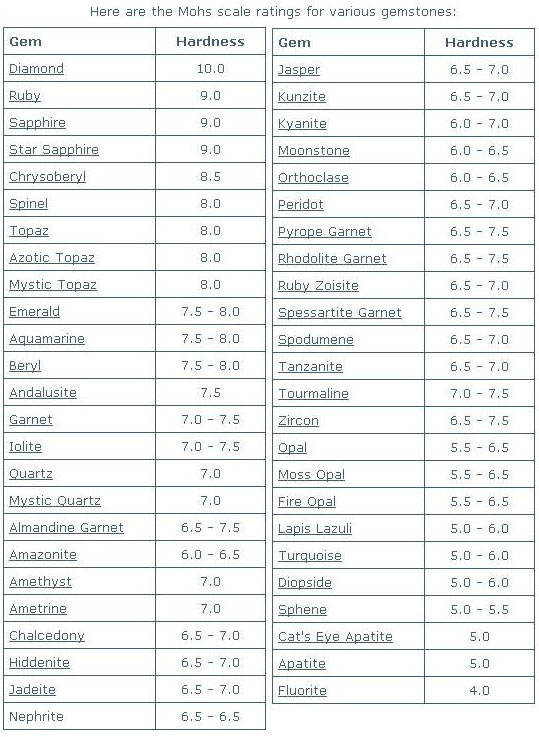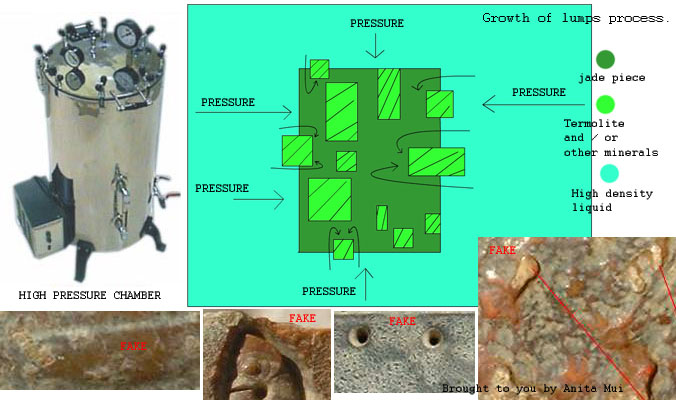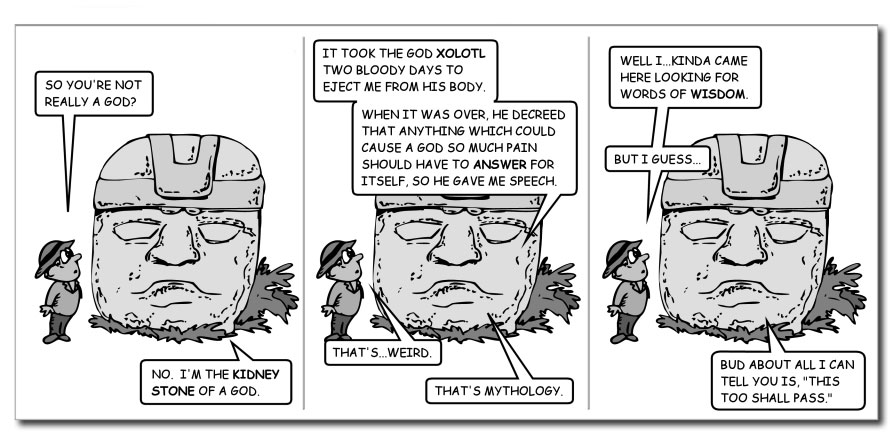
|
Subject:Re: ernest, anita and co
Posted By: Anita Mui Tue, Dec 11, 2007
Dear Hongshan
Welcome to the club!
Since when it becomes my duty in this forum to reply all of your reasonable doubts, I want to leave this topic alone, but you have referred your reply subject as �ernest, anita and co�. pls understand that I have no shops, no websites, no jades for sales. I am a simple dumb collector as everybody else. All I have posted here are from years of experiences, from grandpa to grandson, from the street hawkers to auction houses, from the tomb robbers� manuscripts to collage and museum curators� research. And pls note that Earnest and I are not related to each other. We happened to be people who love Chinese jades.
In reply to your questions, pls see below answers useful and pls do some research before expressing your opinions, the new jade collectors may pick up something from your wrong information.
----------------------------------------------------------------------
1)To proof the hardness. Is this the right way to proof? Because nephrite change in hardness between 5.1 and 6.5.
Answer:
What kind of scientific data you got from? We only refer to Mohs scale of mineral hardness, pls see the hardness of the followings:-
Nephrite 6 to 6.5
Jadeite 6.5 to 7
knife blade 5.5
iron needle 4 to 5
Serpentine 2.5 to 4.00
------------------------------------
Using pieces of jades to scratch the glass is a technique that the antique jade shops in china are doing, �yes� it can test the hardness of the piece, but pls remember that chalcedony, agate and jasper quartz are harder than glass too. And this method will destroy the corroded part of nephrite.
�Just use unsharp part of needle to pick a little bit like 1 square millimeter (not digging or dragging) the shiny part, not damaged or corroded part, it will not damage the pieces.� Or you may invest to buy hardness pick set if you like.
The best way to test the stone without damaging the piece is SG (Specific Gravity) test.
Weight in Air
SG = ---------------------------------------------
(Weight in air - Weight in water)
Source for SG test results: http://socrates.berkeley.edu/~eps2/wisc/sg.html
-----------------------------------------------------------------------------------------------------
2)Next point: what is your experience in nephrit. What can science do for testing it? What is about Thermoluzenz, UV, Cristal growing, influence from earthminerals, floating of electrons, more things which changes the nephrit totally?
Answer:
This will take a very long time to talk about.
-What is your Thermoluzenz ? If you mean thermolucent, it will refer to �analyzes occupational external radiation exposure� which is performed for medical examination. Do you mean Thermoluminescence authenticity testing? It can be perform on ceramic and other antiques not jade and hard stones.
-UV test: It is a skinny surface test to emit visible light after exposure to short-wave or long-wave ultraviolet radiation on the visual and optical properties include those properties dependent upon visible light and are observable with the unaided eye. The optical and physical properties of antique jades may be determined, but the fake antique jades applied by artificial means to pull, push and alter any minerals inside the pieces to come up on the surface as well as additional minerals from the process of faking such as iron ore, mercury ore, copper ore�..ect, the fakes will have the same results as authentic jade artifacts. It is useless!
-Crystal growing : Which one? The whitening one or the lump one?
It can not prove anything since excavated jades in the museums have a few, I think it is less than 5% but fakes in the market 99.99% have it all. Have you ever seen Hongshan Buddha�s head bi disc with C-dragon and crystal growing? At Hongshan time have Buddha?
The whitening caused by alkaline and ammonia environment from the decomposed bodies and organic materials with humidity (less oxygen). However, I did the examination by myself, I put nephrites with dog�s urine in the 2 containers, one is opened another one is sealed. The whitening came up on the surface of nephrite in the opened container had whitening within a week in contrast to the sealed one had none.
�Nephrite is the Amphibole jade , a tremolite-actinolite rock.� Nephrite may have more or less percentage of tremolite and actinolite.
As for the lumps that appeared on the surface of the artifacts, the authentic jades have little as 5%, and the ones that have are not obvious and uncontrollable. The fakers use pressurized chamber to push termolite from the nephrite that have high content of termolite to come up on the surface. And it will push serpentinite from the serpentine to come up on the surface as well. Serpentine is very easy to make lumps due to the hardness is less than nephrite.(see picture)
*Pls notice that the fake jade artifacts with whitening and lumps do not have white nephrite. It is too expensive to fool around.*
-Influence from earthminerals
CHINESE JADE from The Neolithic To The Qing, JESSICA RAWSON
P. 349 SECTION 26
"A further complication in the dating of jades is the nature of material itself. As stressed in the introduction, jade is the material that alters very little, either chemically or by weathering, with age or burial. Neolithic pieces may remain as brightly polished and unblemished as the day they were made. For this reason scientific examination can provide little help with dating."
-----------------------------------------------------------------------------------------------------------
3)Another question: in the ancient times they used no bowenite, no serpentine???
Answer:
Off course �yes� ancient china will use other stones to create art too, but they are not value as much as nephrite, nephrite is hard and tough unlike quartz, agate, chalcedony they are harder than nephrite but crispy, the molecules is not packed and tough like nephrite. And most of ancient stone arts that softer than nephrite are not survive in the good shape because the nature of the stones themselves can not stand burial environment.
Serpentine may refer to any of 20 varieties belonging to the serpentine group. Most serpentines are opaque to translucent, light (specific gravity between 2.2�2.9), soft (hardness 2.5 to 4.00), infusible and susceptible to acids.
Source: http://en.wikipedia.org/wiki/Serpentine
Pls note that serpentine has never been called and grouped as gemstones, in contrast to nephrite and jadeite.
------------------------------------------------------------------------------------------------------------------
4)what is the source you compare this item with the source? Any kind of museum? How actually they are? Are their jades they show without treatment?? If jade is treated by acid and oil to clean it, do you believe anybody is able to proof it again? I say no. No proof of cristal growing, no thermoluzenz, no uv, no other proofment can be done. All hints are destroyed. Why for heaven the curator do this way to destroy the jade and destroy all hints of origin? I want to get an idea for this.
-I have no comment on this item and all scientific proves you referred in this question are useless.
--------------------------------------------------------------------------------------------------------------------------
5)What is the reason behind? When you compare such a piece, which was treated with one that is not treated, what do you think? Is there any chance to compare?
-I mostly compare to excavation records, reputable collections and museums, books, magazine, HK collectors, and hundreds of jade shops around Hong Kong, Kowloon, New territory, and in mainland China plus my common sense. I live in HK and have to travel once a week to Shen Zhen, Zhuhai, Quangzhou and Shanghai where my husband�s job is relocated.
--------------------------------------------------------------------------------------------------------------------------
6)But you both, statement: it is modern, no nephrite. So I ask myself, what do you know really about nephrite. About stone, which will change surface and structure during time extremly.
Answer:
See answers of questions no.1 and 2
7)I want to know and learn. I love stones and I love nephrit. I have seen it in total different ways. I have good relation to geologist, who learned me a lot. But that is so different from your opinion, therefore please give me and other novice a chance to learn.
Answer: If your geologist told you that nephrite change in hardness between 5.1 and 6.5. He
is completely dumb, pls learn from books and reputable sources.
See answers of questions no.1 and 2
8)Where is your experience coming from. My friend, a gelogist, a very well known international tells me, without a test, without a lot of proofments nobody is able to say it is this or this. But you can do. He asked me to speak to you and he is also interested in your answer.
Answer: Scientific prove, test, exam and opinion are not reliable for jade artifacts.
See answers of question no.1 and 2
9)So again: you see a picture and you can immedeatly say: no nephrit, perhaps bowenite, maybe serpentine.
Answer:
Seeing picture is just like you do window shopping without touching the pieces, or judging the plastic flowers from the real one. All stones and minerals visual appearance are different. I look at luster, colors, vein, inclusion, structure of the stone and most of minerals with a metallic luster are heavy which means they are harder than 5 in Mohs scale.
---------------------------------------------------------------------------------------------------------------------------------
Have Fun
Anita Mui / The Cleaning Lady
Ernest, Anita and co.,





|

